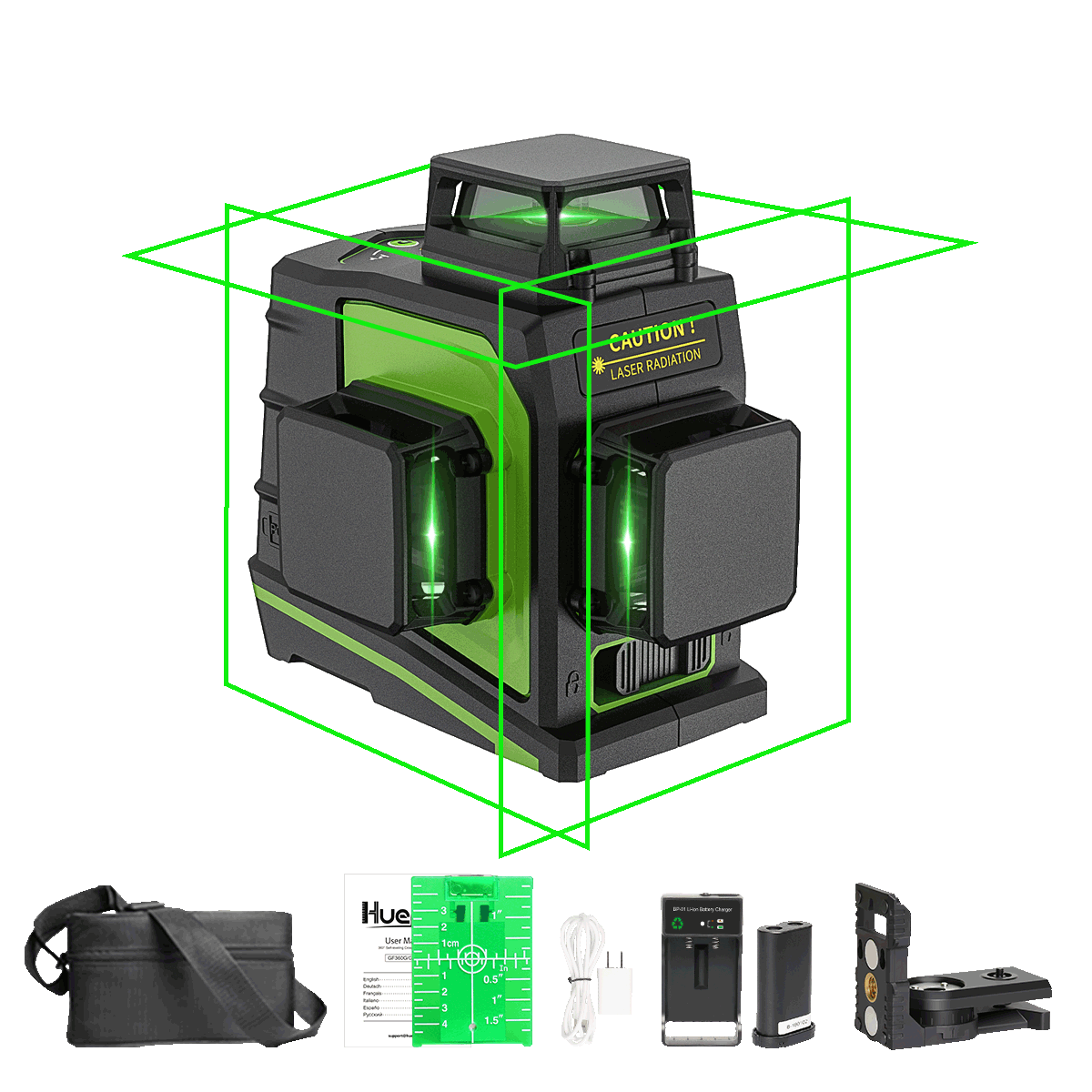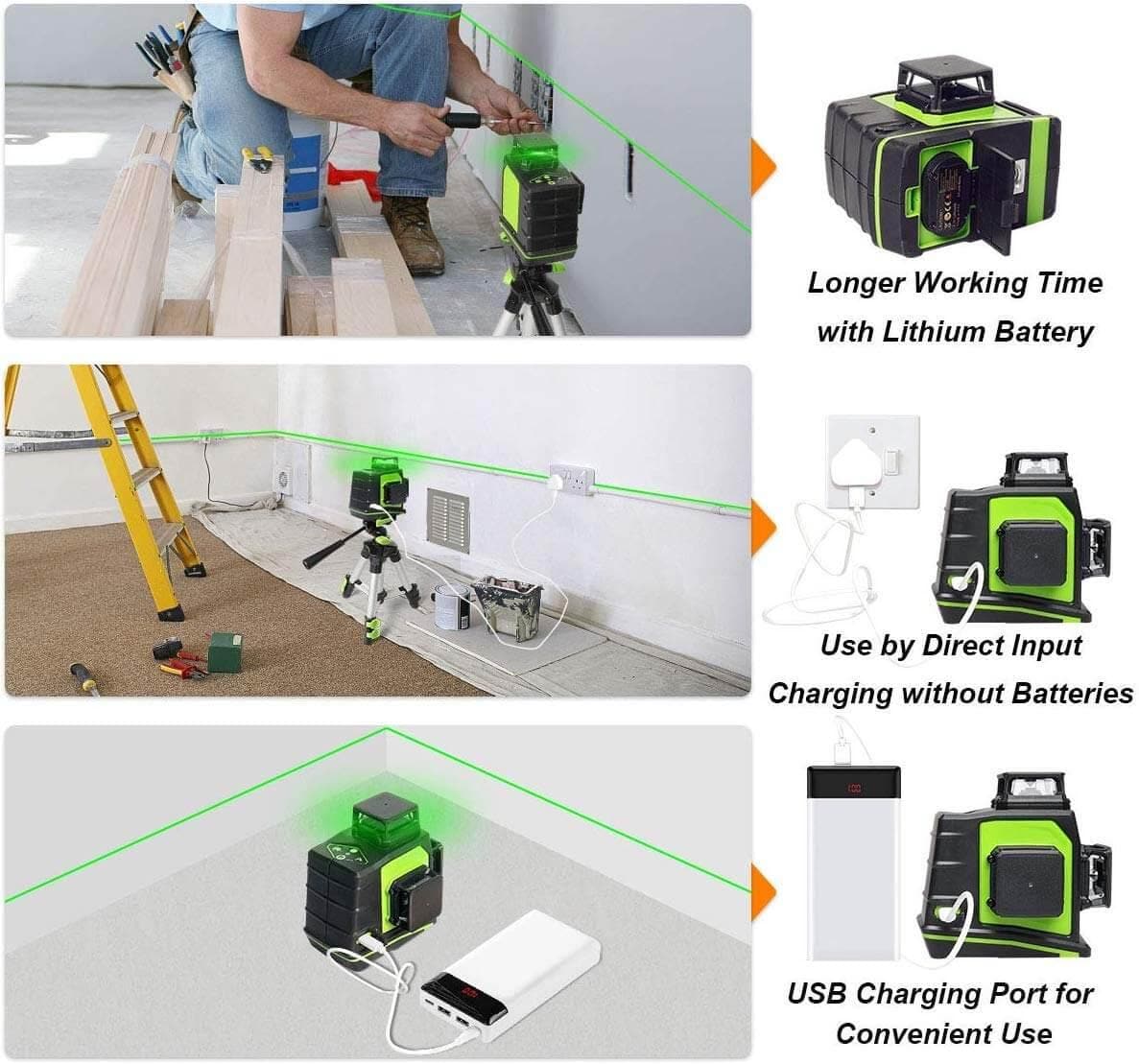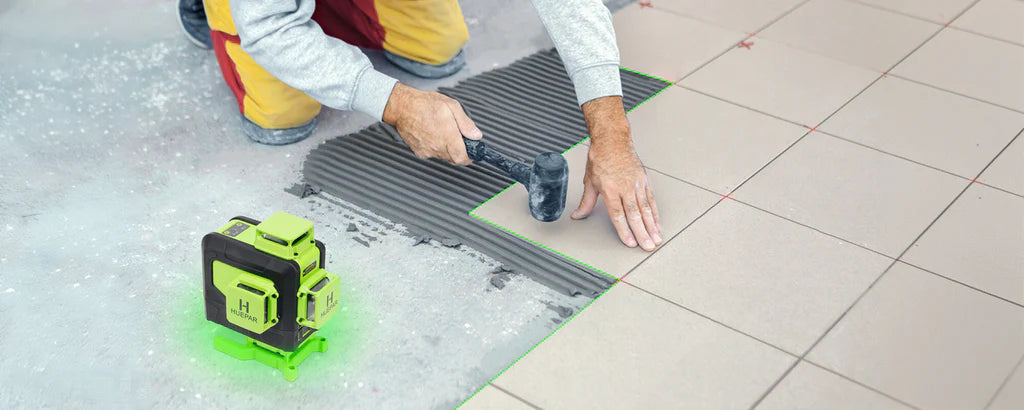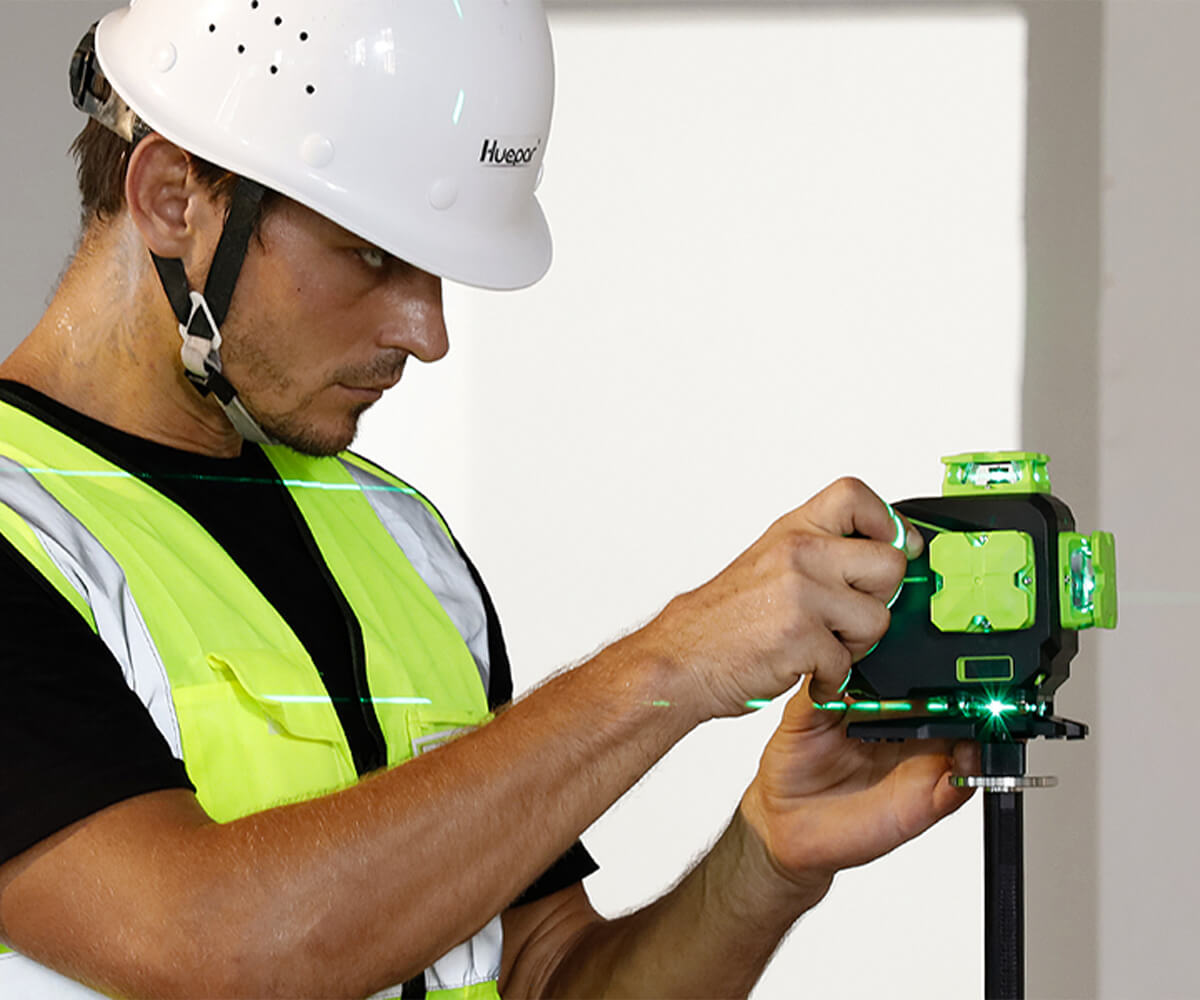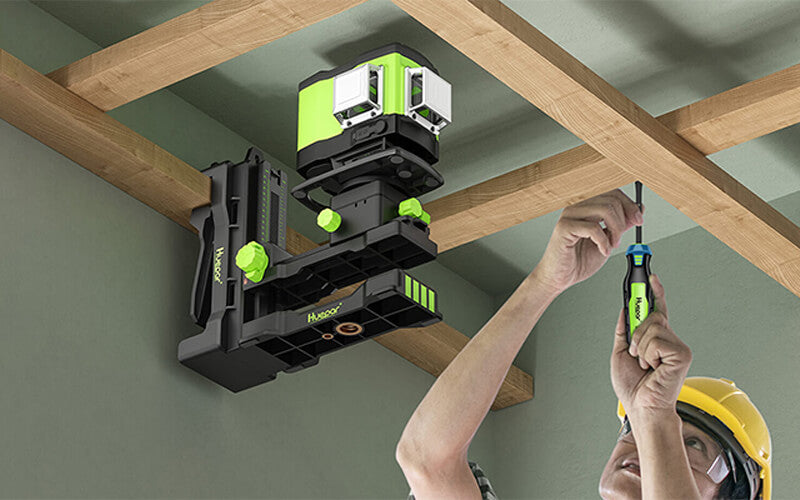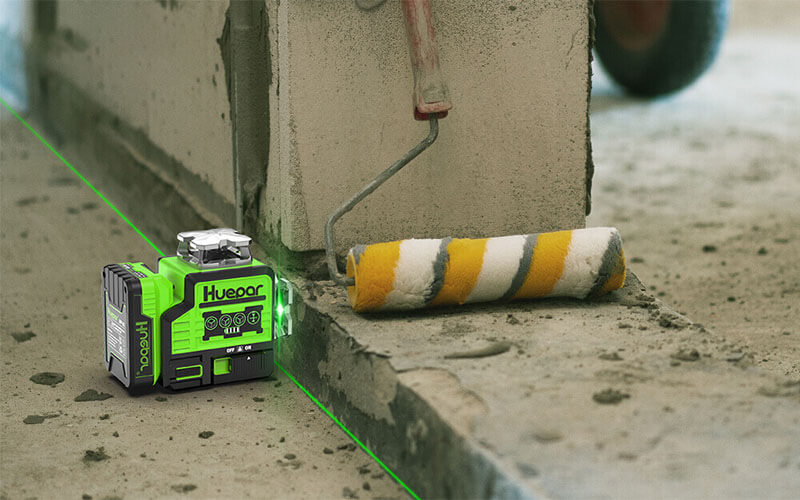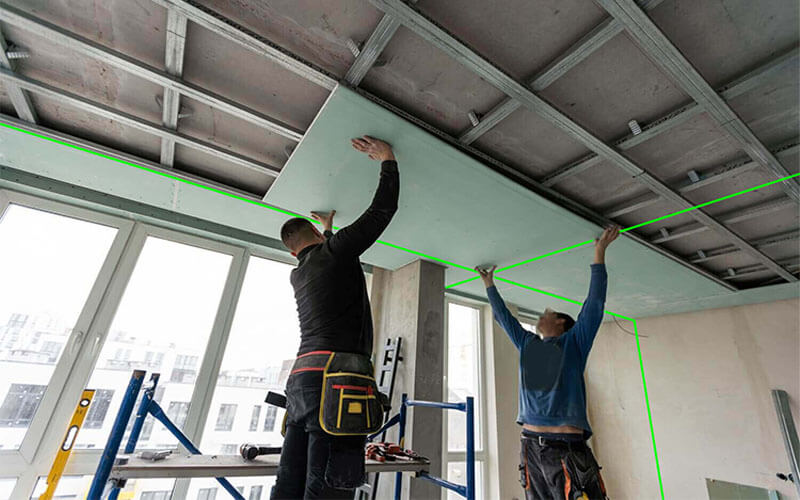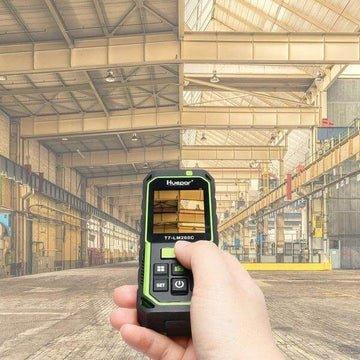
New Construction Tools and Trends for 2022
New Construction Tools and Trends
There is so much transformation in the digital landscape. New technologies are changing the way the construction industry works and helping to improve the ability to win new projects and increase profit margins. Some of the construction tools and trends to look out for in 2022 and beyond are:
Digital Gauges
Digital gauges are self-contained devices that display the measured size value on the digital display. The instruments help in displaying the value in numbers, making it very easy to interpret. They minimize human errors and make them very accurate as compared to analog devices. Digital gauge construction tools mainly include tape measures, laser rangefinders, cutting tools, and speed angles.
The Internet of Things
The Internet of Things (IoT) is defined as a system of various interconnected mechanical, digital, and computer devices. IoT is a very important technology in construction. The technology consists of sensors and smart machines that ideally share data with other devices and are controlled from a central point.
The main purpose of IoT is to provide a great location where equipment, personnel, and materials are synchronized at the same point, which helps in regulating and monitoring the activity in real-time and ensuring compliance with safety and current plan.
Some of the ways to integrate IoT in the construction industry primarily include:
- Real-time location map – the tool comes in handy to locate the workers on the construction site and helps in keeping them away from the danger zone.
- Wearables – these are devices that can be worn by anyone working on the construction site. The wearable can help track the current location of the worker and alert the workers when they are near a danger zone.
- Innovative machines are used to perform various repetitive tasks. For example, a cement mixer that has a sensor can order more cement and increase productivity and efficiency.
- Maintenance systems – the applications are very useful in tracking expenses in the construction industry. They can offer precise and accurate data that is recorded.
Augmented and Virtual Reality
Virtual and Augmented Reality are advanced technologies that are slowly penetrating the market. These two technologies are on the rise and the construction industry has adopted them. When Virtual Reality is paired with BIM, it helps to improve communication, design, and collaboration in this industry. AR and VR can be used in the construction industry in the following ways:
- The technology benefits equipment training, safety training, and building system installation. The application comes in handy to give trainees an excellent opportunity to get familiar with various machines before using the real thing.
- AR helps in enabling workers to share what they see on the construction site with an external worker. Workers can thus get live assistance from experts who can help them solve various problems.
- VR allows architects and designers to see a construction project in the immersive virtual environment before the actual construction.
Construction Drones and Robots
Construction Drones and Robots
Drones are now widely used on construction sites. They are used to survey and capture images on the construction site and are therefore essential for monitoring different stages of construction. On the other hand, robots are very useful to assist in various tasks such as installing drywalls, masonry work, and pouring concrete.
Drones and robots can benefit extensive mapping areas and are very valuable in a project. They can help construction workers provide actionable data and real-time data, which is very useful for making quick decisions. This technology is excellent in performing some dangerous tasks for humans. Thus, it helps reduce injuries in the construction field in the long run.
Building Information Modeling (BIM) Technology
BIM is a digital transformation that is mainly integrated into the engineering, architecture and construction industries. It is defined as the process of managing and creating information for an asset. The technology uses a cloud platform and an intelligent model. It helps in integrating structured and multidisciplinary data that is helpful in creating a digital representation of an investment.
BIM technology is very helpful in the construction industry as it helps in better collaboration as every expert can contribute their knowledge in the same model.
BIM is integrated into the construction industry to improve efficiency, reduce waste and improve the quality of the buildings. It also helps in improving communication during the construction process. With this technology, all the changes such as material availability and schedules are well coordinated in real time through mobile devices and digital applications.
Mobile and Cloud Technologies
Cloud technology allows construction companies to store, use and share important data from anywhere as long as they have a phone, tablet and smartphone. The technology allows data to be stored in a software-based program. Thus, all the data stored in this software is accessible to everyone.
The construction industry can use cloud technology to enable project completion and improve their business. The benefits of integrating cloud technology in the construction industry include:
- Efficiency and Productivity Cloud technology enables efficiency in the construction industry. Construction workers can share specifications, plans, pictures, measurements and videos in the cloud. Anyone can access this data, making people fully connected.
- Cost saving cloud technology will enable projects to be completed within a short period of time and reduce the associated costs in the construction process. The technology can also be used to manage the profits and expenses of the company.
- Safety through cloud technology, it is possible to share safety protocols with all the workers. The workers can communicate issues such as safety protocols in the construction industry. Safety can also be improved through accurate data sharing, which is beneficial for the workers.
- Provide integrated work delivery – another key benefit of cloud technology is to enable the integration of roles in the construction industry.
- Improve organization and productivity – in today’s world; for a company to remain competitive, it must adopt a method to ensure that there is a modern organization and high level of organization in the industry. This technology is very efficient and will give your company leverage.
Key to Take Away
The construction industry is booming and will remain competitive if it wants to adopt the essential construction tools mentioned above. The tools will make the industry more efficient, innovative and safer for workers. The adoption of drones and robots is likely to skyrocket in the coming years as this modern technology will help minimize injuries and fatalities in the construction industry. Remember, technology will benefit the construction industry and make the construction site more attractive and safer.


